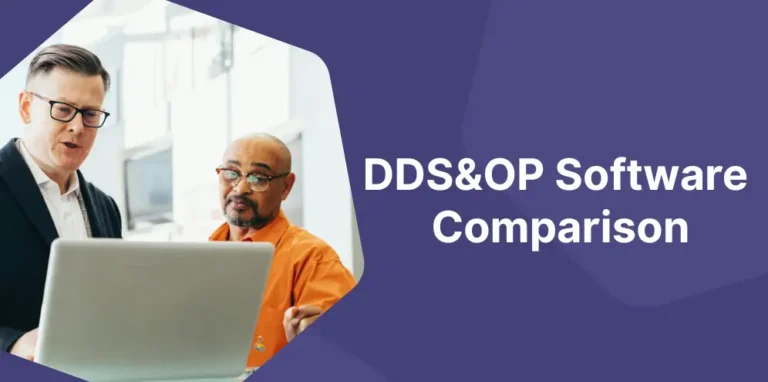Sales & Operations Planning is an important process in most companies. Yet, with the increased volatility in supply and demand, it’s easy to wonder, “What’s the point?”
The goal of the S&OP process, in many companies, is to generate THE plan. This involves gaining a consensus between the involved teams: sales, operations, new products, finance, etc. The numbers derived are then disaggregated at the SKU level and uploaded into the ERP system as a master production schedule.
The Sales & Operations Planning process may have been long and arduous, but everyone feels good about the results. Until nothing happens as planned.
Actual sales differ from forecasts. Supplies are delayed. Production issues crop up. The plan (and often any positive feelings) are shattered.
If you’re responsible for S&OP in your organization, you might say, “No problem! That’s why S&OP is a monthly process. We will update the plan in next month’s iteration by deconstructing it and rebuild it.”
Even for the most ardent fans of the S&OP process, this can get a bit wearisome. No one likes to build plans month after month that are obsolete almost as soon as consensus is reached. It’s a lot of work for very little return.
But, what if we looked at S&OP from a new perspective? What if, instead of trying to generate THE plan, we used the S&OP process to prepare the company for the changes it might face?
The truth is the future is uncertain and the perfect plan doesn’t exist! So, it’s not a matter of agreeing on ONE plan, but of considering the possible scenarios that the company might face in the coming months, such as variability in demand, capacity constraints, and supply risks. Against these, you can define operating ranges, scenarios, and horizons in which you will have to make choices.
“OK, Bernard,” you might say, “but then how do you execute on a daily basis in accordance with the possible futures identified in the S&OP?”
Without the right technologies, it is almost impossible. Many ERP systems are set up to support an outdated version of S&OP, if they even support it at all.
Demand Driven Technologies’ DDS&OP Compliant Advanced Planning Module allows you to prepare your operating model and test it to make sure that it will respond well within the expected operating ranges. It is then a matter of simulating the behavior of the model in front of the considered scenarios and working by exception to adjust the parameters of the control points and buffers that would be at risk.
Demand Driven Technologies solutions also work with your ERP system, so implementing the Demand Driven Operating Model can be accomplished quickly. Most of my clients start seeing a return on their investment within weeks and complete payback within the first six months.
To learn more, contact us.












